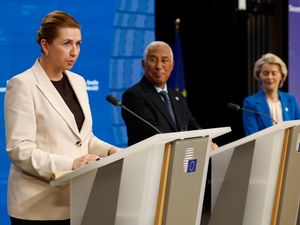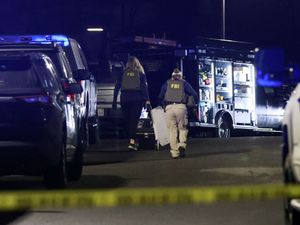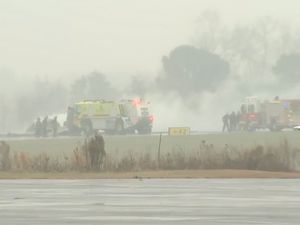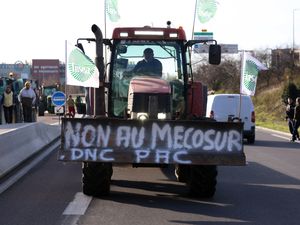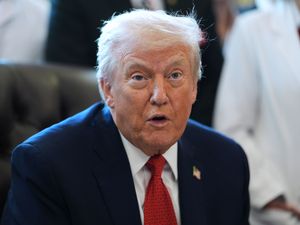South Korea moves ahead with national election amid coronavirus fears
Strict health procedures were enforced at voting centres.

Millions of South Korean voters wore masks and moved slowly between lines of tape at polling stations on Wednesday to elect legislators in the shadow of the coronavirus crisis.
The government resisted calls to postpone the parliamentary elections billed as a mid-term referendum on President Moon Jae-in, who enters the final two years of his single five-year term grappling with a historic public health crisis that is unleashing massive economic shock.
While South Korea’s electorate is deeply divided along ideological and generational lines and regional loyalties, recent surveys showed growing support for Mr Moon and his liberal party, reflecting the public’s approval of an aggressive test-and-quarantine programme so far credited for lower fatality rates than China, Europe and North America.
Initial surveys of voters leaving the polls conducted by TV stations indicated that his Democratic Party and a satellite party it created to win proportional representative seats would comfortably combine for a majority in the 300-seat National Assembly.

The long queues that snaked around public offices and schools followed record-high participation in early voting held on Friday and Saturday, and defied expectations of low turnout to minimise social contact.
The National Election Commission said overall turnout was at 66.2%, the highest since 71.9% in a 1992 general election.
Wednesday’s voting, which comes amid a slowing virus caseload in South Korea, draws a contrast with an upended election cycle in the US, where some states have pushed back presidential primaries or switched to voting by mail.
To hold the parliamentary elections as scheduled, South Korean officials and health authorities drew up a deliberate set of preventive measures to reduce risks of the virus being transmitted.
Duct tape or stickers marked a metre of social distancing space from nearby streets to ballot booths. Masked poll workers checked temperatures of arrivals and whisked anyone with a fever or not wearing a mask to separate areas to vote, sanitising the facilities after they voted. Voters who passed the fever screening got sanitising gel and disposable plastic gloves before entering booths.
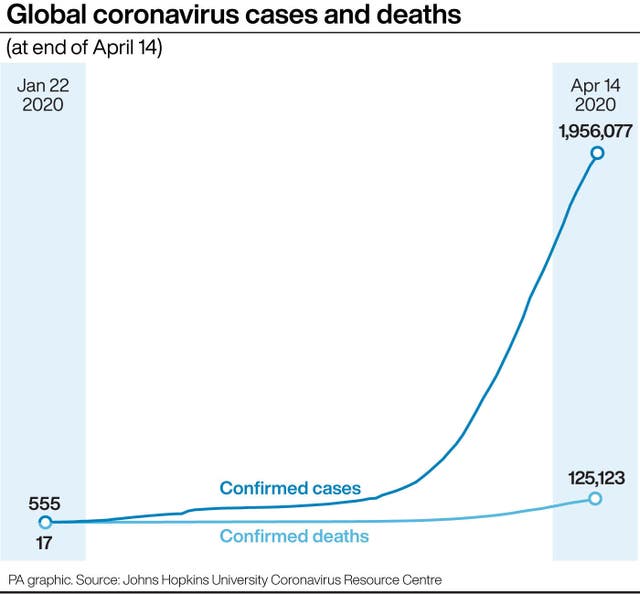
The government also mapped out a voting process for those quarantined in their homes, a number that ballooned after the country began enforcing two-week quarantines on all arrivals from overseas on April 1.
Officials texted eligible voters in self-quarantine before the vote and about 13,000 affirmed they wanted to participate. Those without fever or respiratory symptoms were given permission to leave their homes so they could cast their ballots after 6pm, when polling stations close for other voters.
They were to be escorted or monitored through tracking apps and must maintain a 2-metre distance at polling places, while workers dressed in protective suits were to disinfect booths after each of them votes.
Hospital patients or those who were under two-week quarantine were able to vote by mail if they had applied in late March. Around 400 of the mildly ill voted at temporary shelters during last week’s early voting.
South Korea has confirmed more than 10,590 coronavirus cases, including 225 deaths, with the number of new infections decreasing in recent weeks.
There is concern about rising cases in the densely populated Seoul metropolitan area, and worries that crowds in parks and on public transport may be a sign of a relaxing of social distancing.

